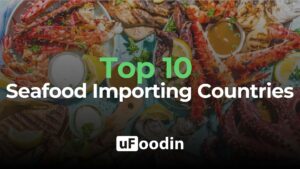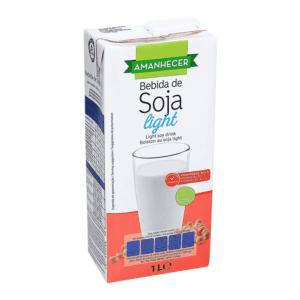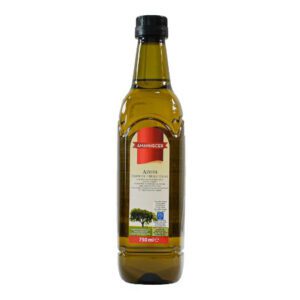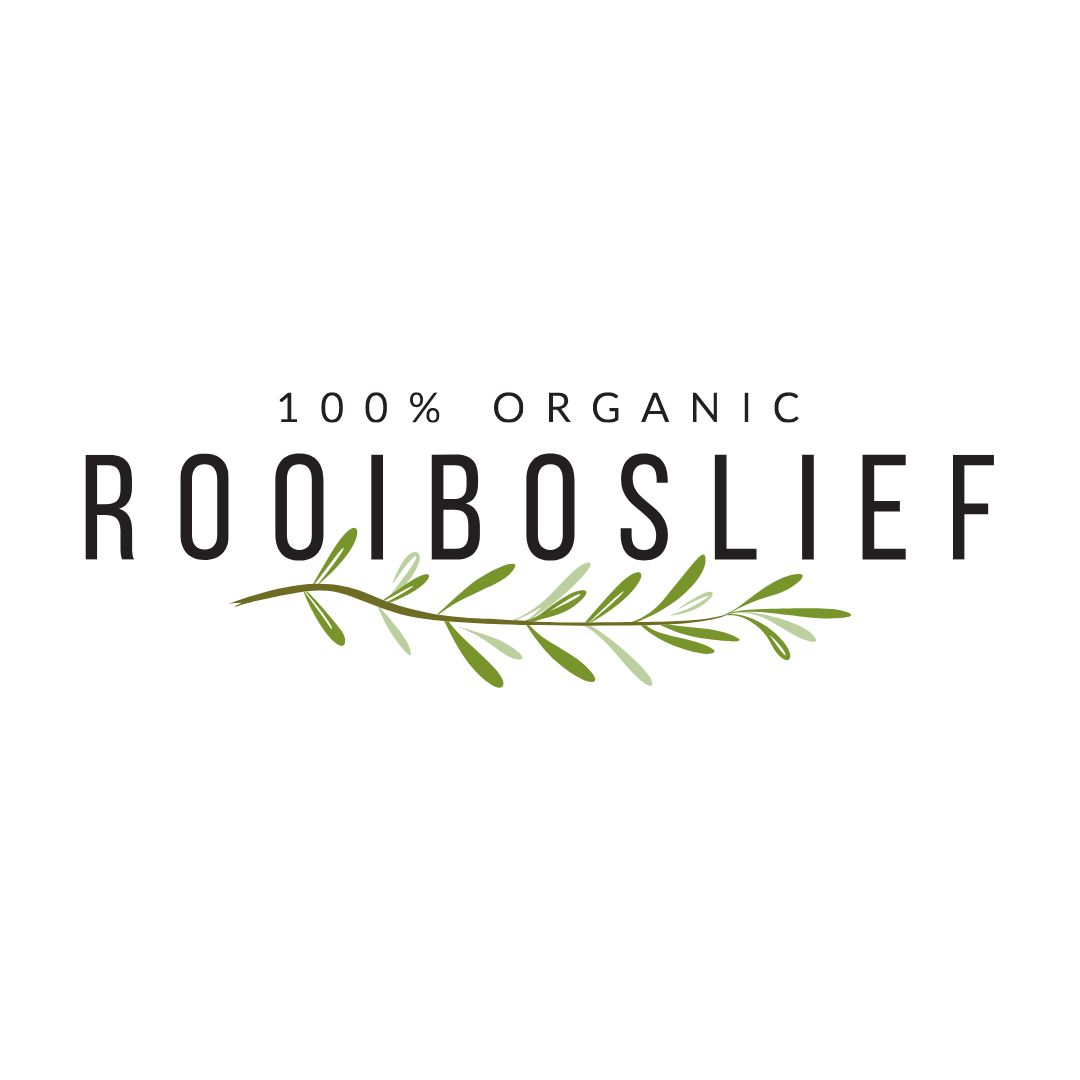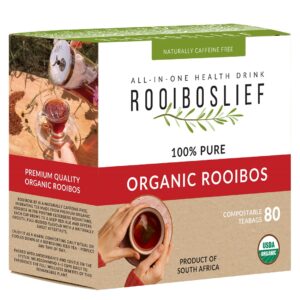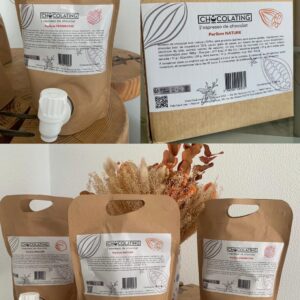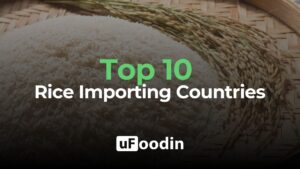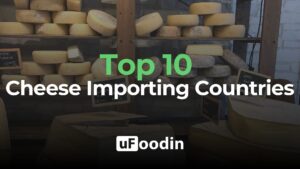
Top 10 Spices Importing Countries
Spices are an essential component of culinary and cultural practices globally, making them one of the most valued commodities in international trade. In 2023, the global spice trade was valued at over $17 billion, with the Top 10 Spices Importing Countries accounting for more than 60% of the total imports. These countries drive demand not only for culinary use but also for applications in health, wellness, and cosmetics.
While traditional markets like the United States and Germany dominate, emerging economies such as Saudi Arabia and China are rapidly increasing their imports due to evolving dietary preferences and industrial demand. This article explores the Top 10 Spices Importing Countries, the trends shaping this flavorful market, and the challenges faced by stakeholders.

1. United States
- Import Value: Over $3.5 billion (2023)
- Why It Stands Out: The U.S. leads global spice imports, driven by its multicultural population and the rising demand for health-oriented and exotic spices.
- Key Insights: India, Vietnam, and Indonesia are the major suppliers, providing turmeric, black pepper, and cinnamon.
2. Germany
- Import Value: Approximately $1.8 billion (2023)
- Why It Stands Out: Germany acts as a hub for spice imports and re-exports across Europe, emphasizing quality and organic certifications.
- Key Insights: India, China, and Vietnam are leading suppliers, focusing on paprika, nutmeg, and black pepper.
3. United Kingdom
- Import Value: Around $1.5 billion (2023)
- Why It Stands Out: The UK’s diverse culinary landscape drives demand for a variety of spices, particularly for use in ethnic cuisines and functional foods.
- Key Insights: India and Sri Lanka dominate the supply chain, with cinnamon, turmeric, and cloves as key imports.
4. China
- Import Value: Over $1.2 billion (2023)
- Why It Stands Out: Despite its domestic production, China imports spices to meet growing industrial and consumer demand for international flavors.
- Key Insights: Vietnam and India supply significant volumes of black pepper, ginger, and nutmeg.
5. Japan
- Import Value: Approximately $1.1 billion (2023)
- Why It Stands Out: Japan’s interest in functional foods and diverse cuisines drives its spice imports.
- Key Insights: Imports include cinnamon, turmeric, and black pepper, sourced mainly from Vietnam and India.
6. Netherlands
- Import Value: Around $1 billion (2023)
- Why It Stands Out: The Netherlands is a critical re-export hub for spices within Europe, focusing on high-quality imports.
- Key Insights: India and Vietnam dominate supplies, providing cardamom, nutmeg, and pepper.
7. Saudi Arabia
- Import Value: Over $850 million (2023)
- Why It Stands Out: Saudi Arabia imports spices to meet the needs of its traditional cuisine and expanding foodservice sector.
- Key Insights: India and Indonesia supply saffron, cardamom, and black pepper for domestic and industrial use.
8. France
- Import Value: Around $800 million (2023)
- Why It Stands Out: France’s focus on gourmet cooking and organic products drives demand for premium spices.
- Key Insights: India and Spain are major suppliers, with saffron, cinnamon, and black pepper leading imports.
9. Canada
- Import Value: Approximately $750 million (2023)
- Why It Stands Out: Canada’s multicultural demographics drive the demand for a wide variety of spices, catering to diverse cuisines.
- Key Insights: India and Vietnam dominate supply chains, providing turmeric, coriander, and pepper.
10. Italy
- Import Value: Over $700 million (2023)
- Why It Stands Out: Italy imports spices for both traditional culinary uses and expanding fusion trends.
- Key Insights: Saffron, pepper, and nutmeg are key imports, sourced from India and Spain.
Key Trends in Spice Imports
Growing Demand for Organic Spices:
Health-conscious consumers increasingly prefer chemical-free and sustainably sourced spices.Functional Food Applications:
Spices like turmeric, ginger, and cinnamon are gaining traction for their medicinal properties.Premiumization of Spices:
High-value spices such as saffron, vanilla, and black pepper are driving demand in affluent markets.Culinary Globalization:
Increased exposure to global cuisines is boosting imports of exotic spices such as cardamom and star anise.Digital Platforms Revolutionizing Trade:
E-commerce and B2B platforms like uFoodin enable direct connections between producers and importers.Sustainability Focus:
Consumers and businesses are prioritizing ethically sourced spices, encouraging traceability.

Major Challenges in Spice Imports
Climate Change Impacts:
Erratic weather patterns are affecting spice production in key regions like India and Indonesia.Supply Chain Complexities:
Maintaining quality and freshness in global spice supply chains poses logistical challenges.Food Safety Regulations:
Importers face stricter standards on contaminants such as aflatoxins and pesticide residues.Price Volatility:
Seasonal production fluctuations and geopolitical factors create uncertainty in pricing.Counterfeit and Adulterated Products:
The prevalence of low-quality or adulterated spices threatens consumer trust and trade integrity.Sustainability Pressures:
Producers and importers are under growing scrutiny to adopt environmentally friendly practices.
The Top 10 Spices Importing Countries demonstrate the diverse opportunities for exporters to meet global demand. From the U.S.’s preference for organic spices to Saudi Arabia’s need for traditional blends, each market offers unique growth potential.
Platforms like uFoodin empower spice producers to connect with importers worldwide, offering tools to enhance traceability, monitor market trends, and navigate logistical challenges. With access to 210+ countries, uFoodin is a key player in facilitating sustainable and efficient spice trade.
By leveraging uFoodin’s network, exporters can build lasting partnerships and gain a competitive edge in this evolving market.
uFoodin Editorial Team
Bibliography
- FAO: Global Spice Trade Statistics
- Statista: Spice Market Insights
- Reuters: Trends in Spice Imports
- MarketWatch: Challenges in Global Spice Trade
- Mordor Intelligence: Spice Trade Analysis
- Grand View Research: Spice Import Forecasts

